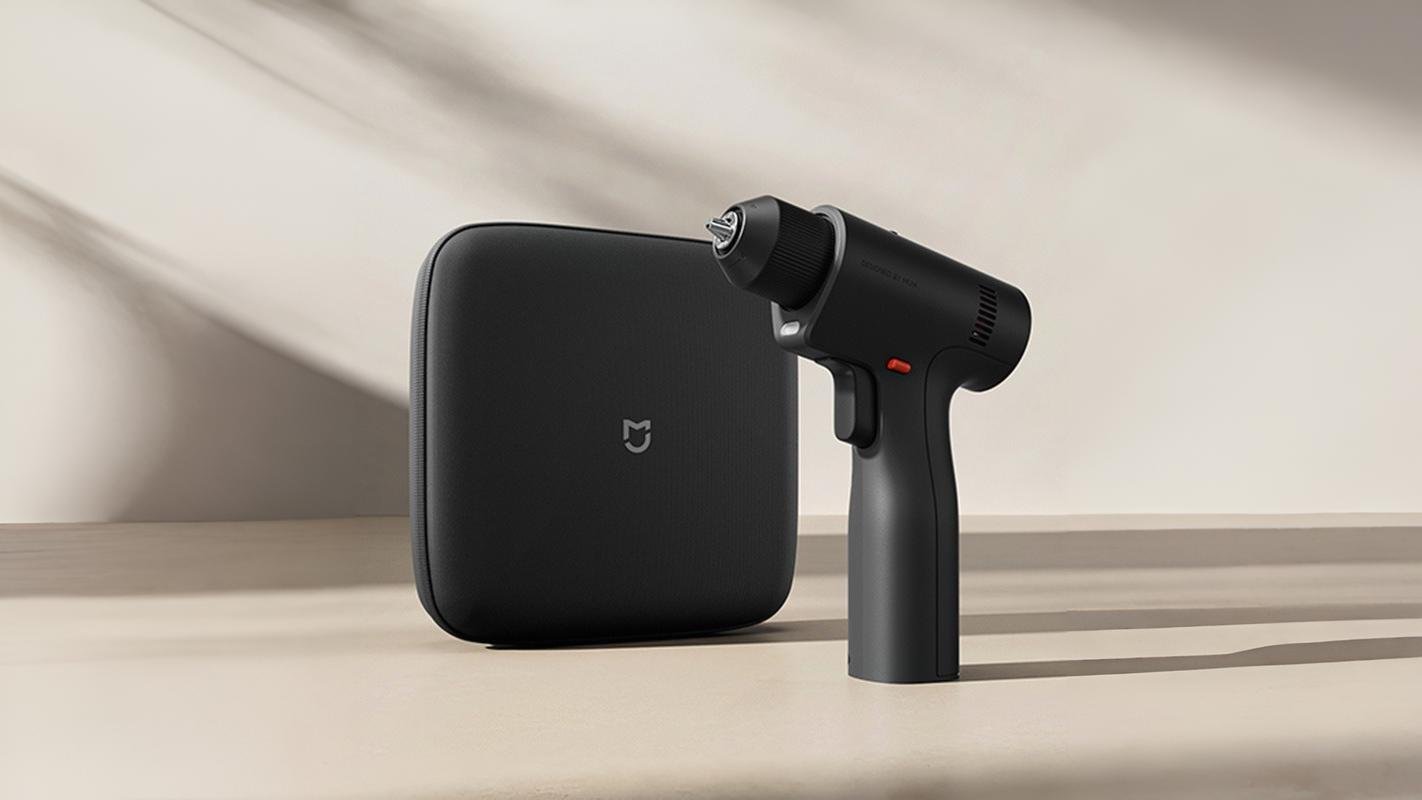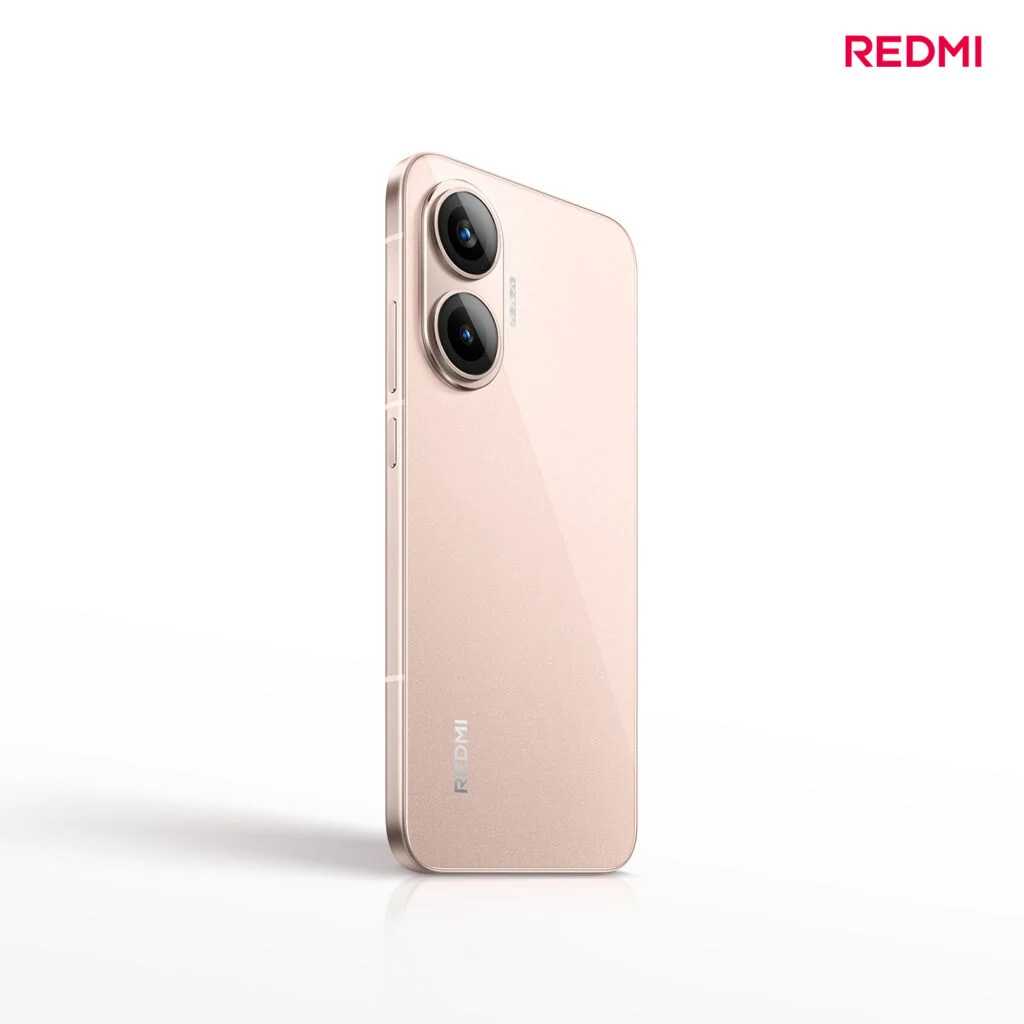If the colors are faded and the printout is uneven or with missing marks, try calibrating the printer
When we start printing from a photo editing program or a PDF management program, it can happen that we end up with a print with completely different colors and shades of gray from those shown on the screen. Also, the letters may not be printed correctly .
In these cases we will have to act on the printer settings, making sure that we are using the same color profile on both the computer and the printer , so as to avoid any type of printing error due to the use of completely different color profiles.
In this guide we will show you in a simple way how to calibrate the printer to be able to precisely print everything we see on the monitor, thus improving the general quality of our prints and the fidelity of colors.
Calibrate printer colors
Before blaming the printer for printing your photos or color documents incorrectly, let’s make sure your monitor is working well and generating an adequate color profile – if it’s responsible for poor color rendering, we may waste time calibrating the printer when in reality the problem is of a completely different nature!
Since color can vary due to a whole series of factors (ambient light, video card, video cable, type of monitor, type of LED, etc.), if we want to calibrate colors in a professional environment we will necessarily have to create color profiles Custom ICCs, using a digital colorimeter such as Xrite i1 Display Pro (€ 229) or Datacolor SpyderX Pro (€ 179).
Once we have the right color profile we can add it to the printer and monitor, so that all colors are faithful. In the home we do not need such expensive tools, just use the same color profile among the predefined ones on the computer for both the printer and the monitor.
Calibrate the printer on Windows
To calibrate the printer on Windows, press the bottom right on the Start menu, look for “color management” and open the entry corresponding to the Control Panel . In the new window that will open, make sure to select the printer in the Devices field , place the check mark on Use custom settings for the device , press Add at the bottom and choose one of the available color profiles.

Those to be used are present under the ICC Profiles section ; choose one of the color profiles present (for example sRGB IEC61966-2.1 ) then press OK at the bottom. To make sure that the same color profile is also used on the monitor, we select its name in the Devices field and repeat the steps, so as to add the same profile used for the printer.
Now close all active windows and restart the computer: when restarting we will have finished the printer calibration, just print a few test pages to check the result.
Calibrate the printer on macOS
If we have a Mac, a MacBook or a Mac Mini we will have to follow a procedure similar to that seen on Windows, navigating through the menus of the Apple operating system.
First, press the bitten apple symbol at the top left, then on System Preferences , press the Monitor icon, go to the Color tab and choose the color profile for our monitor (for example sRGB IEC61966-2.1 ), both in the if it is integrated into the body (MacBook and iMac) and if we point to an external monitor connected via HDMI or ThunderBolt 3 (Mac, Mac mini).

After calibrating the Mac monitor, we will have to perform the same operation on the printer; if we have not yet added the USB printer or the Wi-Fi or Ethernet printer to the Mac, we remedy immediately by opening the System Preferences app as seen above, clicking on Printers and scanners and then pressing the + button at the bottom left of the column.
As soon as the printer is added to the Mac, go back to the desktop, press the Go menu at the top , then click Utility , click on the Utiliy ColorSync app , go to the Devices menu , press the Printers item, expand the menu under the heading of our printer, press on the Color menu and make sure that the monitor color profile is set.

If the profile does not match, press next to the Current Profile item , then on Other and, in the window that appears, choose the color profile suitable for the printer (for example sRGB Profile , which corresponds to sRGB IEC61966-2.1 ).
Once the changes have been applied, they will be effective immediately after entering the Mac system password.
Calibrate color on programs
In addition to calibrating the color profiles on the printer and monitor, we will need to make sure that the programs you use for images or documents also have the same color profile set previously.

If we use Adobe Photoshop we open the Edit> Color Settings menu , select the Personal item from the Settings drop-down menu and set the color profile under the RGB section (for example sRGB IEC61966-2.1 ).
If instead we use GIMP, a free photo editing program, we can set the color profiles by going to the Edit> Preferences menu , by clicking on Color management , make sure that the item Color managed screen is present in the Image display mode field and put the check mark on Try to use the system monitor profile .
On GIMP the color profile of the printer is used by default, thus immediately having a real feedback on the colors visible in the photo or in the image we want to print.
Printer calibration settings
Some professional printers allow you to calibrate the color directly from the printer settings or from a specific button on the front of the same.
On HP Designjet printers or later models we can calibrate the printer colors by pressing the Maintenance or Settings button, taking us to the Image Quality or similar menu and pressing the Calibrate color button ; alternatively we click on Configuration , then on Printing Preferences and finally on the Color menu .
A test sheet will be printed with all the colors highlighted: just follow the instructions on the screen to be able to correct the color profile or choose another more faithful to the colors of the image.
If we have an Epson professional printer, on the other hand, we can perform color calibration by downloading the right ICC profiles for Epson printers, using the profiles that can be downloaded from the Profile-ICC website . To proceed, press the Find the correct ICC profile button , fill in the fields provided then proceed with the installation of the new profile, so as to correct the faded colors.
Conclusions
If we notice that our printer prints with faded colors or colors very different from those seen on the monitor, with a simple calibration within the operating system or on the most used photo editing programs we will be able to obtain images that are very faithful to the original, without even having to use a colorimeter (definitely very difficult to use, as well as expensive).
Do not forget to also use the tool for the cleaning procedure of the printer nozzles (which is done using the tool in the printer settings), to prevent ink stains from appearing on the printouts.




